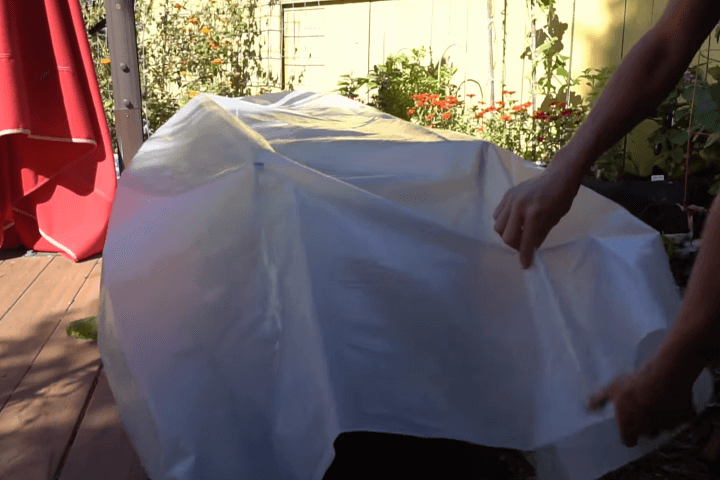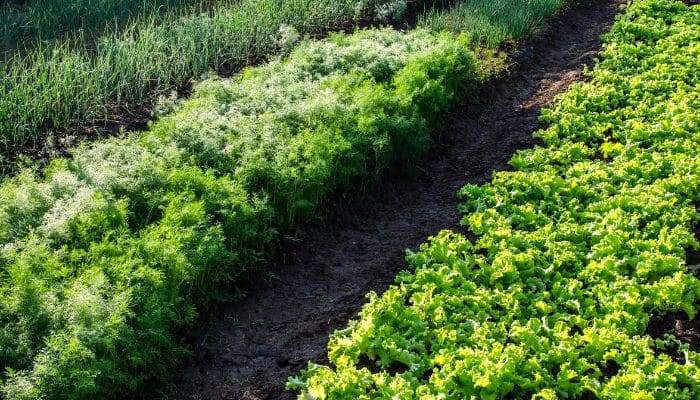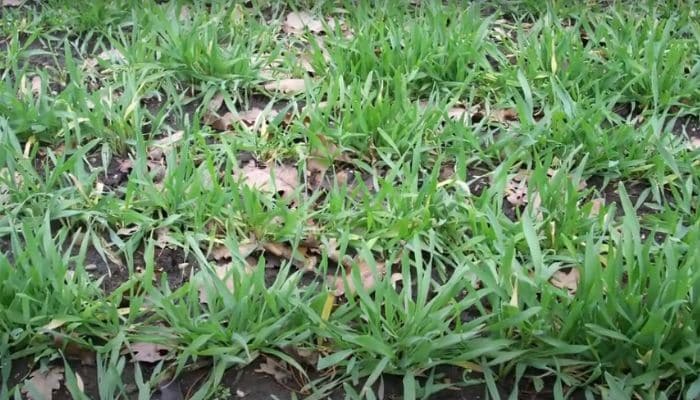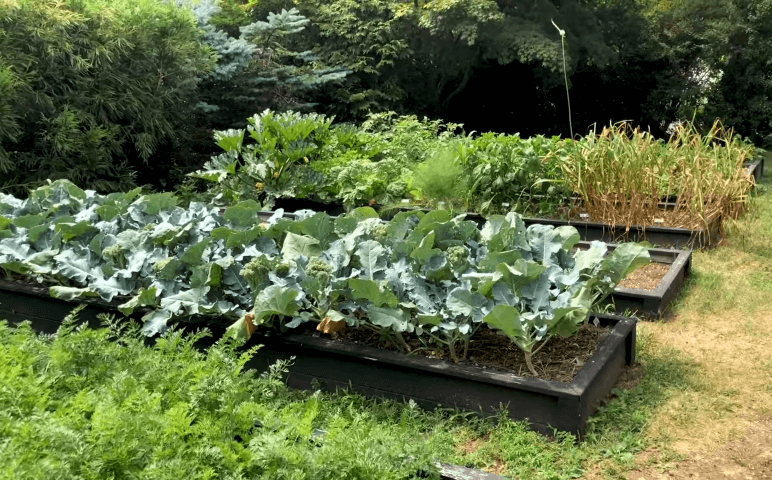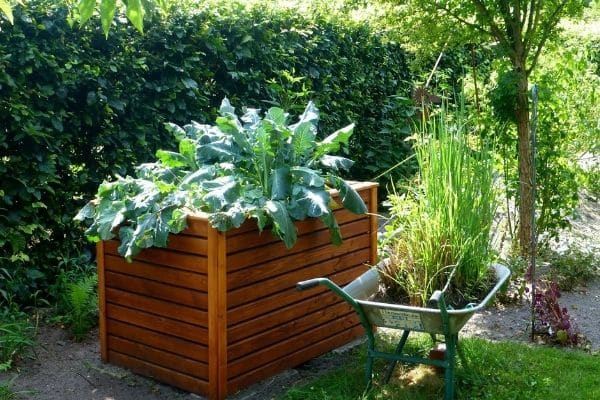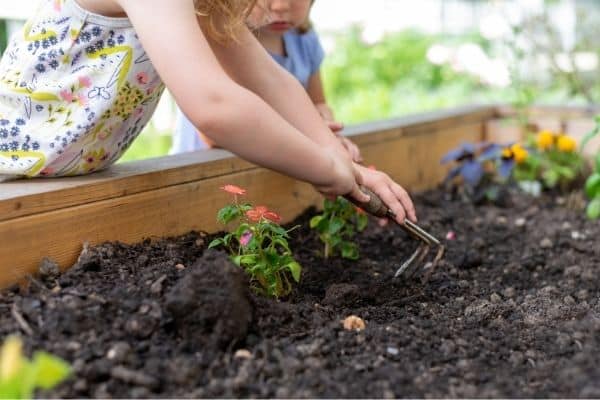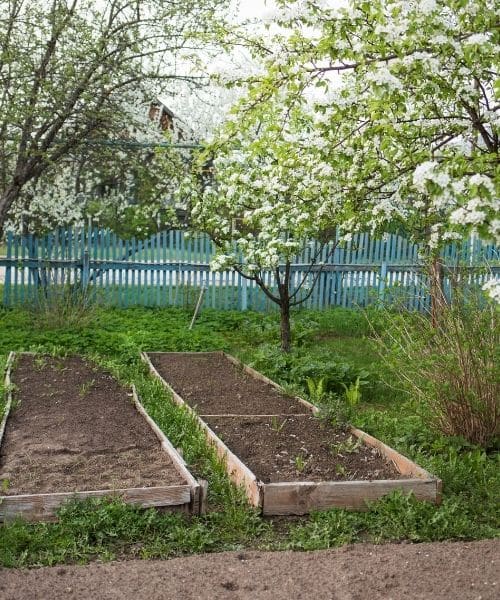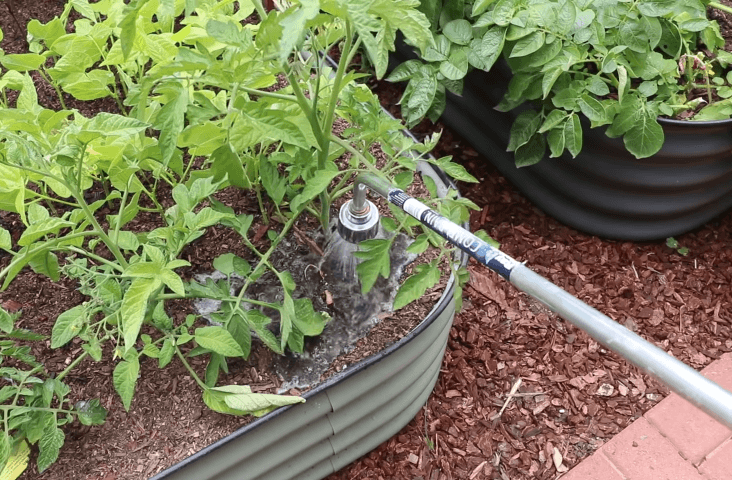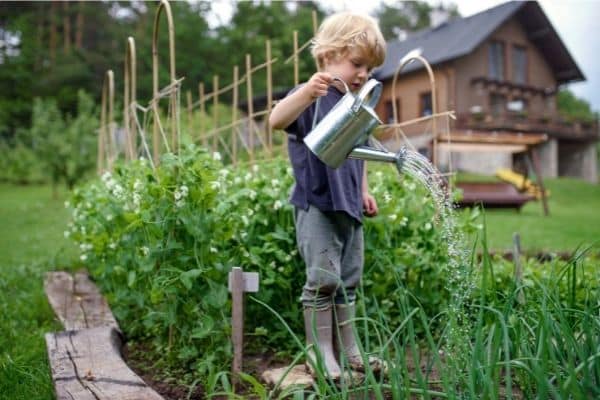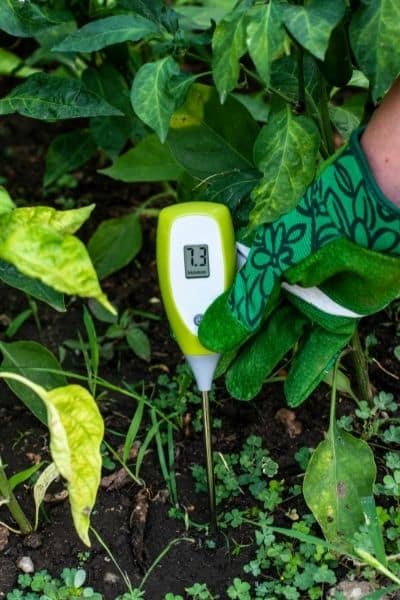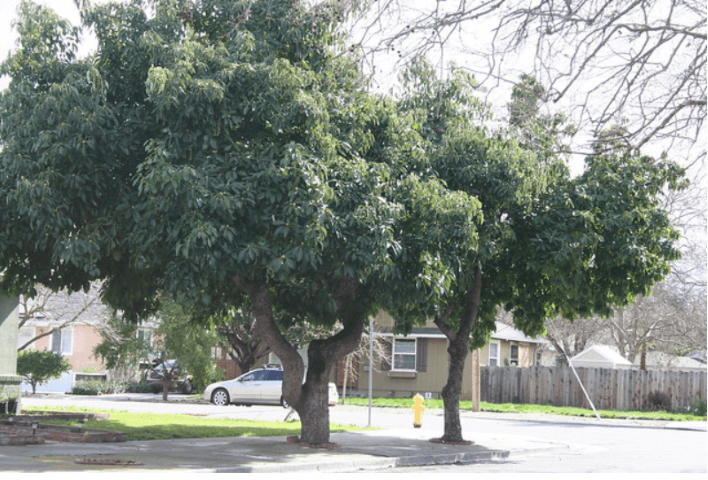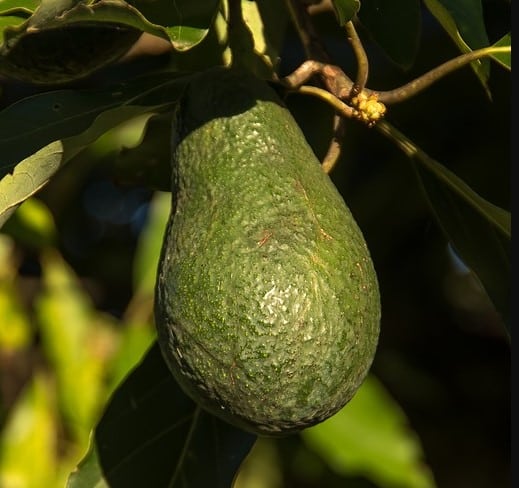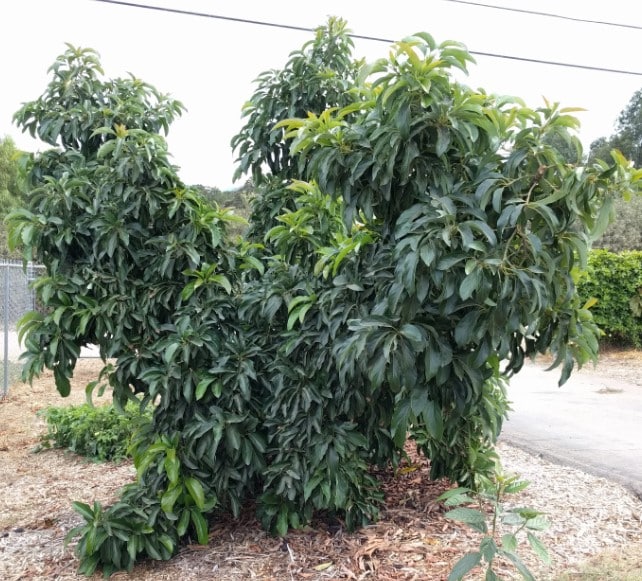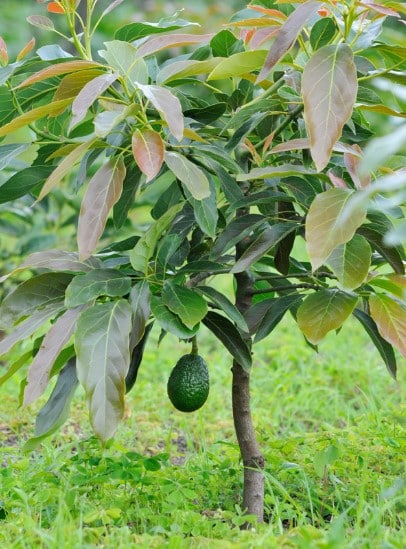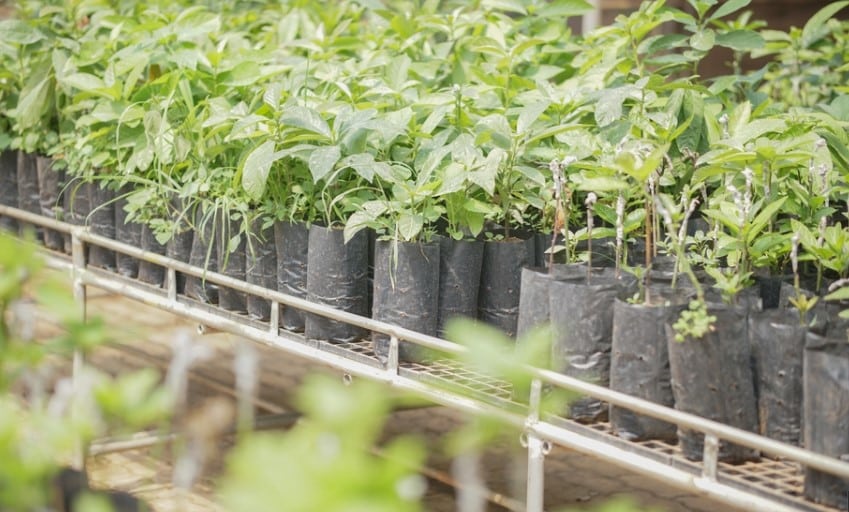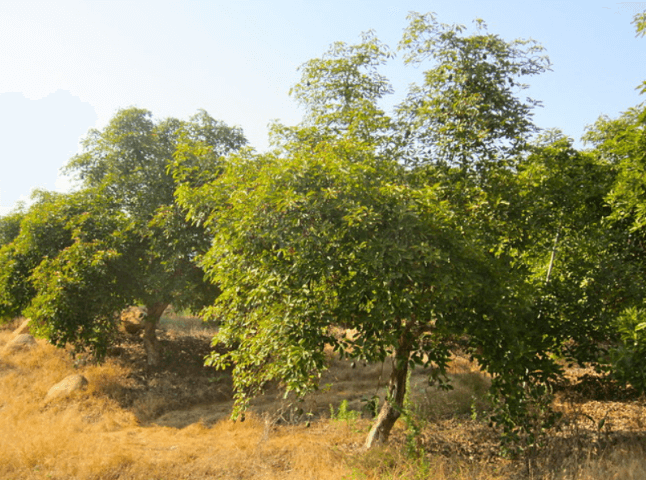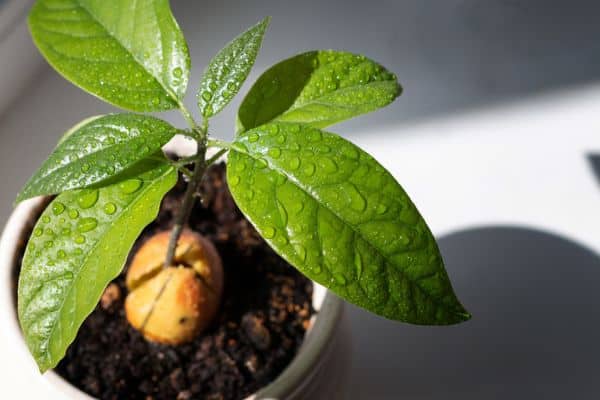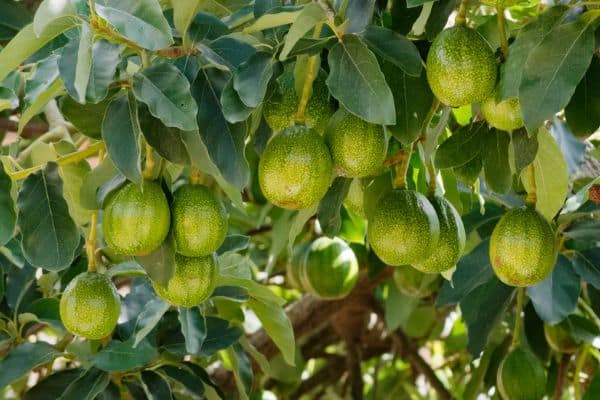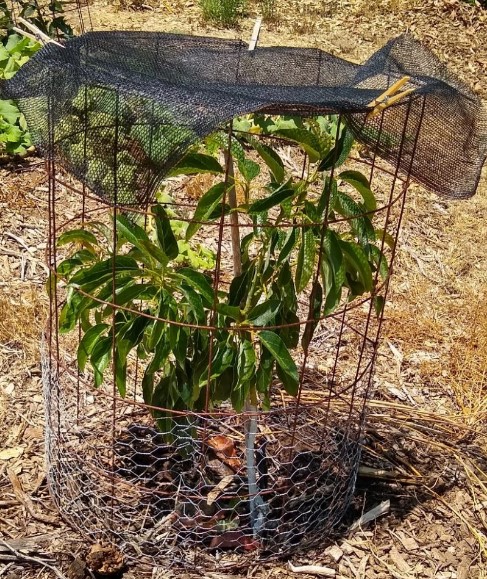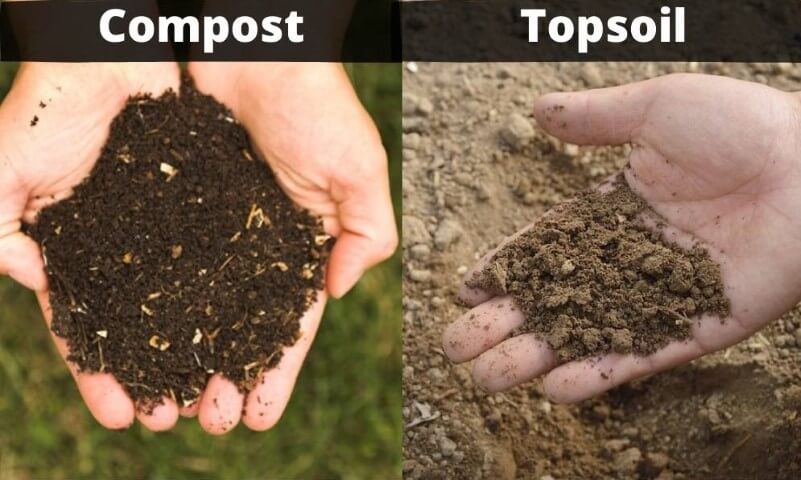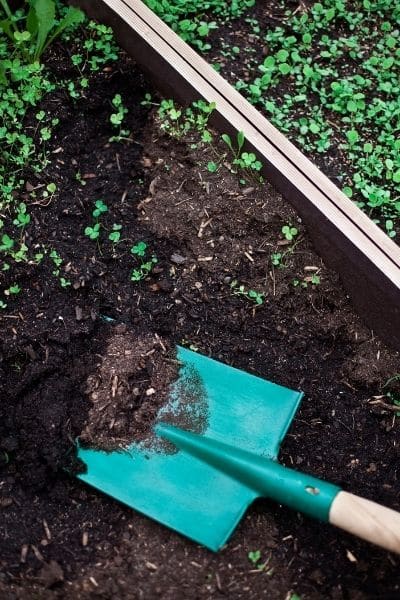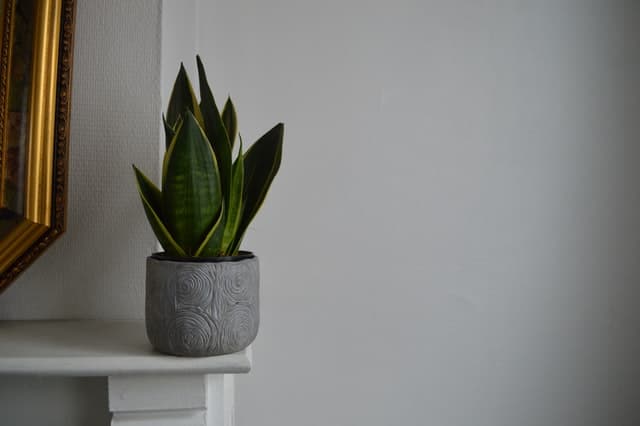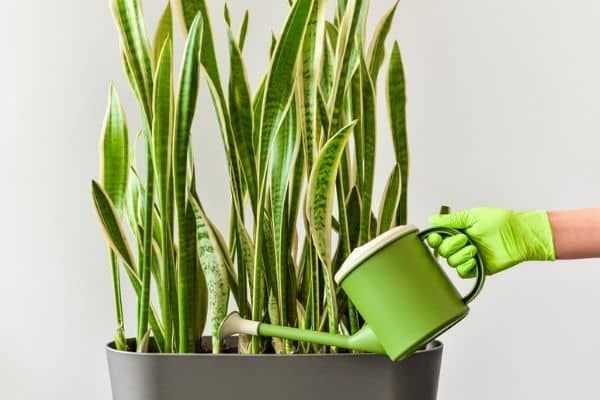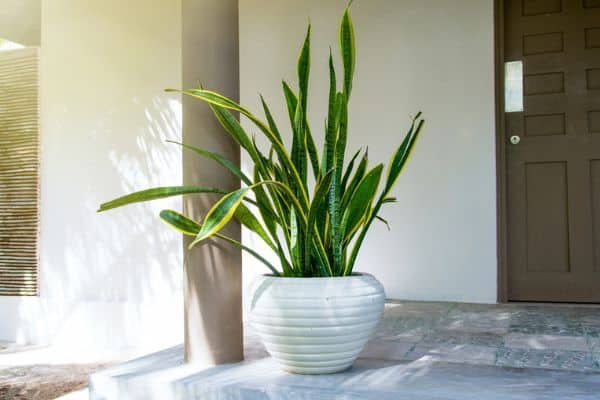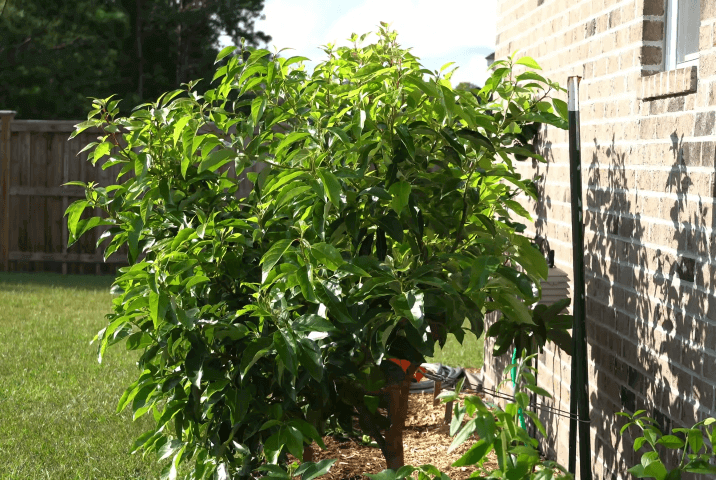Have you already started growing avocado trees but don’t know when to fertilize them? A few years back, when I started growing my avocado trees, I also had the same question and many other fertilizers issues.
In this article, I’ll try to explain when you should fertilize your avocado trees based on my practical knowledge and experiences.
You need to fertilize your avocado trees three times during the first year. You should do the first feeding in spring, the second one in summer, and the last one in fall. You can stop fertilizing in late autumn once the trees become dormant.
You should also know how frequently you should fertilize your trees. Along with the timing, you should also select and apply the correct fertilizer in the right proportion. There are quite a lot of factors you must consider to get the timing of fertilizing right.
So, continue to read the rest of the article to know about all these factors that will help you to fertilize avocado trees timely, thus ensuring their good health.

Table of Contents
Which minerals are essential for avocado trees?
If you just apply fertilizer without maintaining a balanced ratio, it may not benefit your trees at all. As the number of leaf minerals, size of the fruit and its seed, growth of flowers, etc. are different, you need to apply fertilizer in the correct proportion.
Among all the minerals Nitrogen, Potassium, Boron, and Zinc are the most important ones. They are significant for the growth and development, fruit-bearing capacity, and taste and size of the fruit.

Moreover, Phosphorus, Calcium, Magnesium, Sulphur, Iron, and Manganese play a vital role in the body. These minerals are required to maintain a healthy metabolism, strong root structure, effective photosynthesis, and disease recovery.
So, monitor closely what minerals your trees receive in what proportion. Because at the end of the day, the number of fruits you get from each tree will be affected by their overall mineral consumption.
What should I do before fertilizing avocado trees?
The soil composition of your garden will determine the amount of fertilizer to be applied. You need to apply fertilizer to the soil to recover the inadequacy of essential nutrients in the soil.
Avocado trees need nitrogen, zinc, compost, fish emulsion, etc. to boost growth. These components are very suitable to make your soil nutritious.
First, use a soil test kit to check the pH of your soil. The value of pH should be 7 or lower. If you find the soil alkaline, you can amend it using organic matter. Sphagnum moss and peat moss are suitable organic matter for your application.
If you add about 1 kg of peat moss to 1 square yard, the pH of your soil will significantly become low by 1 unit.

Select a sunny location for the avocado tree. Then dig a hole that is a little wider and has the same depth as the root ball. Then gently put the tree into the hole. You need to loosen the soil and trim the roots if the tree is root-bound.
Sometimes, loosening the soil may create small air pockets inside the soil surface that help in air circulation. Fill the hole with soil. Don’t press the soil too hard against the roots, or you may end up damaging the root structure.
Apply mulches around the tree. You can use a mixture of redwood bark, wood chips, shredded tree bark, and cocoa bean husks. Apply this mixture at the rate of 0.25 cubic meters per tree. Don’t apply mulches too close to the tree trunk. Maintain a minimum of 6 to 8 inches away from the trunk.
You need to water the trees, only application of fertilizer is not enough. If you manage to water your plants before applying fertilizer, it will help the fertilizer to get mixed well with the soil and the plant can absorb it faster along with minerals.
Watering regularly depends on the weather condition of your location. But don’t water your plants excessively, because if the soil near the root structure becomes too soggy, it will result in root rot.
Sometimes, if the soil has enough moisture you can skip watering up to some period. Then let the soil dry out itself before you can water it again. Remember, the new trees can hold up to two gallons of water upon planting. Water the plants two or three times per week to keep them healthy.
How frequently should I fertilize avocado trees?
No matter how much fertilizer you apply each time, always remember that smaller applications are more effective for the trees to consume. Although a continuous injection of fertilizer seems ideal, you shouldn’t do it too much. Always prepare a fixed schedule for injection.
You should apply nitrogen fertilizer during the summer and spring months. You can also apply in the fall or winter, but do not use the same amount as the summer months. Keep in mind that among all the fertilizers, nitrogen deficiencies will affect your trees badly.
If you want to keep your plants healthy, you must keep track of your nitrogen application regularly.

In the case of potassium fertilizer, you can apply it almost anytime. This fertilizer will not easily wash away or evaporate. They are generally stored near the root system for absorption. Do not apply iron and zinc if the trees do not have an actively growing root system.
Moreover, the application of these microelements should be limited to the summer period.
How much fertilizer should you use for avocado trees?
Keep in mind that the number of fertilizers you use in the initial stage will not stay the same as the trees become mature. You need to constantly change the amount of fertilizer to be applied depending on the change of nutritional needs of your mature trees.
During the initial stage, continue to apply nitrogen to the soil surface around the tree. However, in the second year, increase this amount of nitrogen fertilizer to 0.25 lbs, divide it into three equal portions and then apply one by one.

Follow the same steps in the third year, you only need to increase the amount of nitrogen fertilizer up to 0.5 lbs before application. Continue increasing the amount of Nitrogen per tree by 0.25 lbs each year for all temperatures as they grow gradually.
You probably don’t need to fertilize or use organic matter more than this, because over-application of fertilizer may even cause harm to the trees.
If you find that your garden has alkaline soil, then you must add peat moss to regulate the level of pH of that soil. Do not add in excess amounts, stop adding peat moss once the pH value becomes neutral.
You can add coarse yard mulch just after planting that will help you to keep the soil moisture intact.
Check the canopy of the trees properly to find out if the new leaves have yellow margins and green veins. Always keep an eye on them to find out any kinds of symptoms related to infections.
As a result, you will be able to treat them immediately. Just continue to follow the steps above and you will have healthy fruit trees throughout the year.
When do I contact a soil specialist for my avocado grove?
Your avocado trees will tend to have a variety of demands for nutrients. It depends on where the trees are currently in their cycle. If you are not experienced enough with fertilizer application, you should take help from a specialist. Contact your local garden centers or fellow gardeners nearby to gather knowledge about fertilizer application.
Because if you apply the wrong fertilizer in an excess amount, it will do no good to your trees. There are chances that it will yield a negative outcome.
So, you need a specialist to determine the correct number of fertilizers to apply. He will also monitor the avocado grove, and perform various tests on soil, leaf, and water.
The specialist will find out the correct fertilizer based on the number of fruit growth, leaf analysis, the number of times cropped, growth cycle, irrigation schedule, the surrounding temperature, and other conditions.
After a proper investigation is done by the specialist, he will conclude the correct amount of fertilizer to use for your trees. Continue to follow his instructions and consult from time to time if you find any new situations.
Besides, you can also arrange meetings with them online to keep them updated about any symptoms related to infections or diseases.
Final Words:
Avocado trees are generally very sensitive to several issues. Any over-application or inadequacy of fertilizer may cause damage to its root structure and overall health.
So, make sure you have the proper knowledge about when to fertilize the Avocado Tree. If any issue occurs, feel free to contact your local garden centers and soil specialists.
As you manage to get the timing of fertilizing correct, your plants will stay healthy for a longer period giving you an abundance of fruits at the end of the season.


